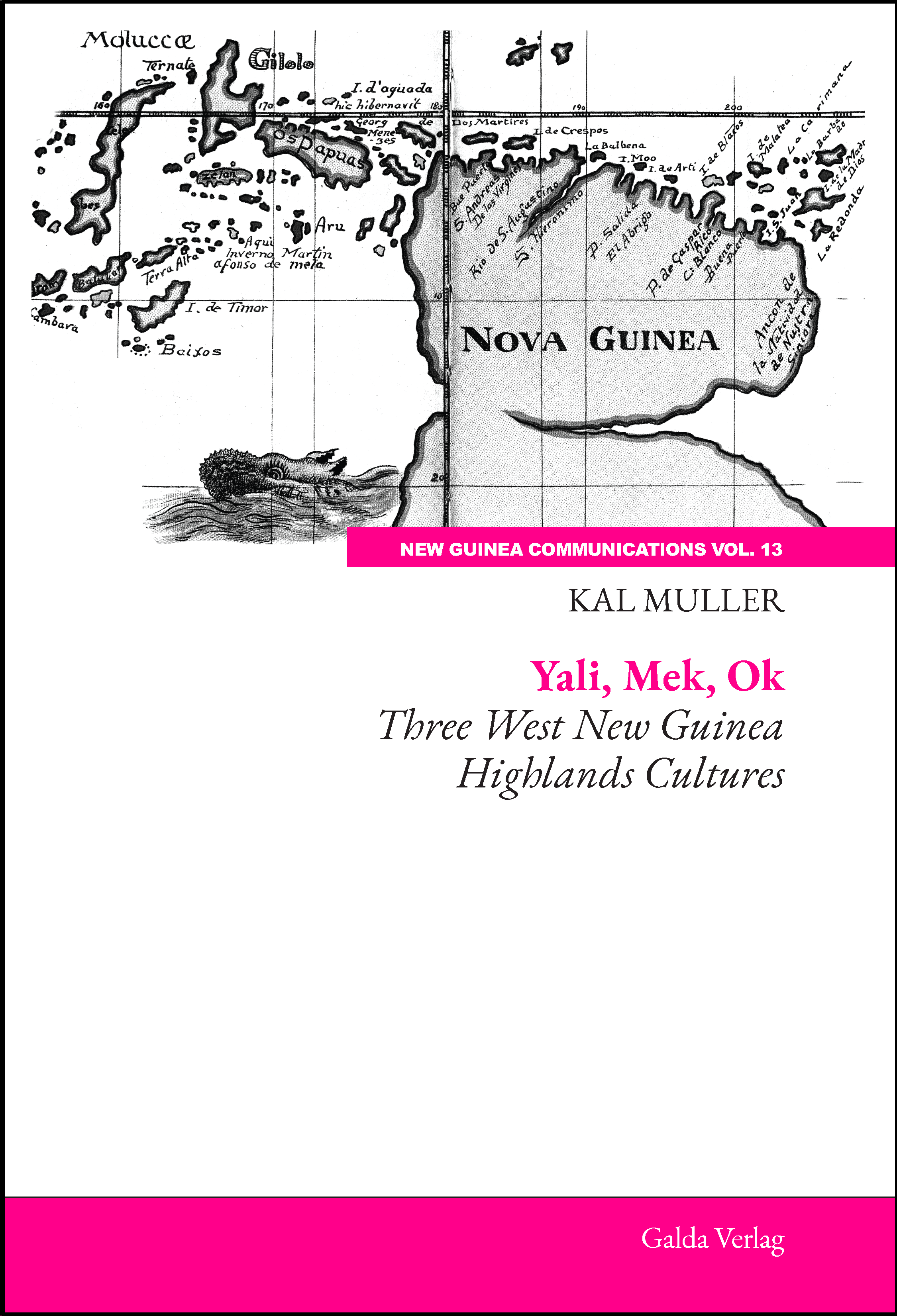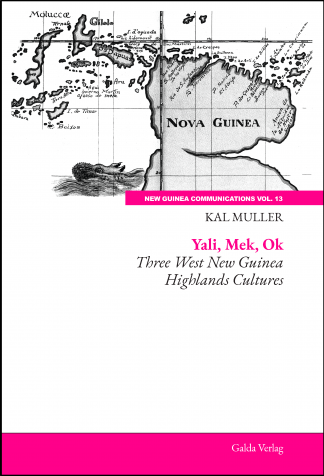Description
This book on the Yali, Mek and Ok cultures is the last one in our series covering the major Ethno-linguistic groups in the highlands of West New Guinea (WNG). Some members of one of these inhabitants of the interior of WNG, the Mek group, were the first to have had any contacts with the outside world. A journal article published in a Dutch in 1912 gives the first account to the world about the mountainous interior of New Guinea along with an overview of the lives of the area’s inhabitants. The Mek territory also made news in 1960 when a French expedition was the first to cross WNG from south to north, through the near-incredible rugged mountainous territory. The Mek were also the last Papuans to have attracted the sustained missionary attention. Then, a large German multi-disciplinary scientific team spent two years, 1974 to 1976, among the Mek, with a plethora of publications resulting from their work.
The easternmost area of WNG’s central mountains, running from the Baliem Valley to the international border with Papua New Guinea, holds the three language groups covered in this book. The geography of the area is considerably more rugged than the western section that stretches from the Baliem Valley to the Paniai Lakes, covered in a previous volume in this series.
Just east of the central Baliem Valley, the Yali culture shows a degree of resemblance with the Mek but less so with the Ok that live in the borderlands with Papua New Guinea (PNG). Indeed, a major portion of the Ok Papuans live in PNG. A large Dutch expedition in 1959 was The Netherlands New Guinea’s last before Holland was forced to leave, before allowing Indonesia to claim this territory.
Much of our knowledge about the eastern WNG highlands comes from the pioneer missionaries’ publications. These men, along with their families, spent years, mostly in isolation from their fellow Europeans. They learned the local languages and wrote the texts that form the basis of this book.


